#30
Best Pick- Randy Carlyle (1976)
Worst
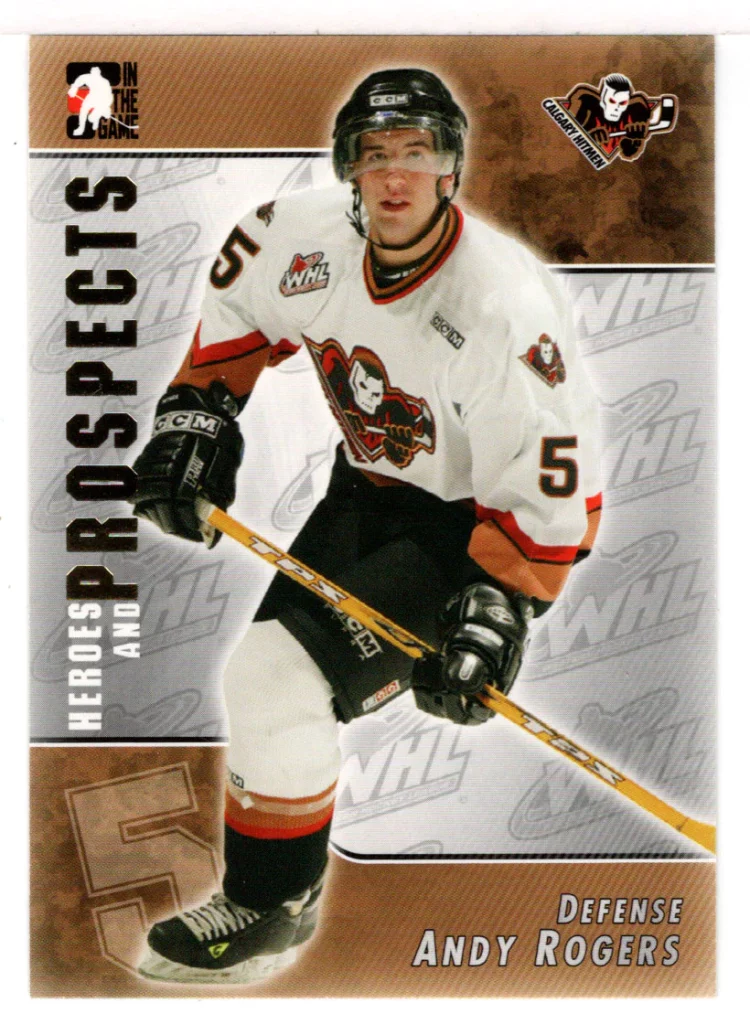
Andy Rogers, the 30th overall pick in the 2004 NHL draft, turned out to be a significant disappointment, earning him the title of one of the biggest busts in recent memory. Standing at an impressive 6’5″ and weighing 225 pounds, Rogers seemed like a promising choice for the Tampa Bay Lightning, who were seeking a solid defenseman to bolster their lineup. Unfortunately, Rogers never managed to make an impact in the NHL. Instead, he spent four seasons playing in the American Hockey League (AHL), where he struggled to find success. In 119 AHL games over the course of those four seasons, Rogers mustered a meager 10 points, failing to demonstrate the potential that warranted his first-round selection. To but it nicely Rogers didn’t even make an impact in junior. His numbers were embarrassing even for a stay at home defenceman.
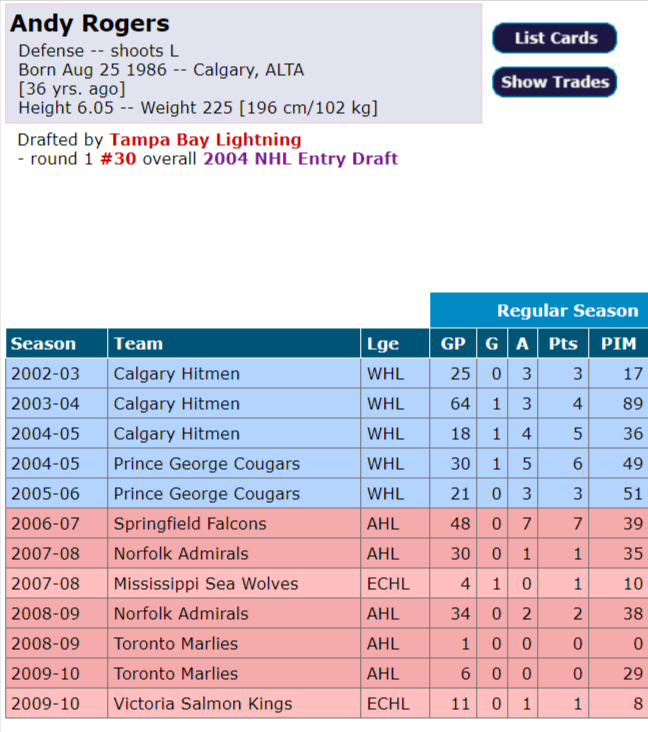
It’s worth noting that the Lightning faced a challenging situation in 2004, having won the Stanley Cup and receiving the last pick in the first round of the subsequent draft. General manager Jay Feaster, in an attempt to address the team’s defensive needs, opted for Rogers, a big stay-at-home defenseman from the Calgary Hitmen in the Western Hockey League (WHL). After a mid-season trade to the Prince George Cougars, Rogers signed an entry-level deal with the Lightning as the NHL lockout concluded. However, he was sent back to the WHL for another major junior season, delaying his arrival in professional hockey.
During his tenure with the Lightning organization, Rogers failed to make a noteworthy impact at the AHL level. His lackluster performance led to his inclusion in a minor trade with the Toronto Maple Leafs during the 2009 trade deadline. Following an unsuccessful attempt to establish himself with the Maple Leafs’ AHL affiliate, the Marlies, Rogers’ hockey career came to an unimpressive and unremarkable end.
What makes Rogers’ bust status more glaring is the notable defensemen selected after him in the 2004 NHL draft. Players like Nicklas Grossmann, Alex Goligoski, Andrej Sekera, Clayton Stoner, Alexei Emelin, Alex Edler, Nikita Nikitin, Adam Pardy, Roman Polak, and Matt Hunwick were all chosen after Rogers and went on to have more successful careers in the NHL.
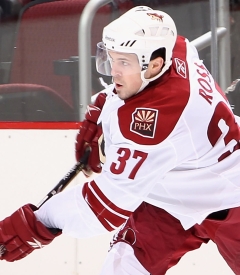
In retrospect, the Lightning’s decision to draft Andy Rogers in the first round proved to be a significant misjudgment. Despite his physical attributes and potential, Rogers was unable to translate his skills into NHL success, making him a prime example of a player who fell short of expectations and was ultimately labeled a bust.
Nick Ross was selected in the first round of the 2007 NHL Draft, chosen 30th overall by the Phoenix Coyotes (now known as the Arizona Coyotes). He is a Canadian defenseman who hails from Lethbridge, Alberta. At the time of his draft, Ross was playing for the Regina Pats in the Western Hockey League (WHL). Following his selection, Ross continued to develop his skills in the WHL, spending four more seasons with the Regina Pats. He was known for his defensive play and his ability to move the puck effectively. Ross displayed good hockey IQ and had decent size for a defenseman, standing at around 6 feet 1 inch and weighing approximately 190 pounds.
After his junior career, Ross transitioned to the professional ranks and began playing in the Coyotes’ organization. He primarily suited up for the San Antonio Rampage, the Coyotes’ AHL affiliate at the time. However, Ross struggled to establish himself as a regular in the AHL, and his development did not progress as hoped.
Ross’s professional career did not extend beyond the minor leagues. He never appeared in an NHL game and eventually left the Coyotes organization. He continued playing in various minor leagues, including the ECHL and overseas in Europe in such places as Germany, Austria, Slovakia, and France where he played last season with Angers.
| YEAR | NHL | PLAYER | POS | TEAM | GP | P | HOMETOWN |
| 2004 | TB | Andy Rogers | D | Calgary (WHL) | 0 | 0 | Calgary, AB |
| 2007 | PHO | Nick Ross | D | Regina (WHL) | 0 | 0 | Edmonton, AB |
Winner- Andy Rogers by a mile. Rogers looks like a nice guy so I feel bad saying this but he is probably the worst first round pick in the history of the NHL draft.
#29
Best Pick- Stephane Richer (1984)
Worst
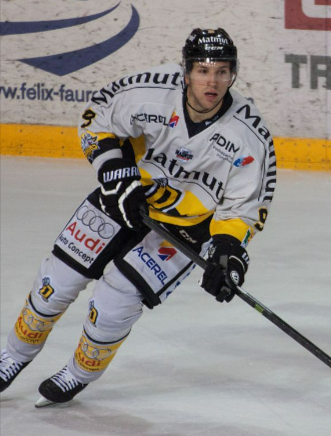
Daulton Leveille, a remarkable athlete, etched his name in the annals of sports history as the first-ever player to be drafted in the opening round straight out of the Junior B level. Hailing from St. Catharines, Ontario, Leveille faced a crucial decision when presented with an opportunity to join the Ottawa 67s of the Ontario Hockey League (OHL). However, he opted to stay true to his roots and play for his hometown team, the Falcons, in the Greater Ontario Junior Hockey League.
During his final season with the Falcons, Leveille showcased his skills by tallying 29 goals and 27 assists, putting up respectable numbers. His exceptional speed on the ice caught the attention of scouts, who were eager to secure him as a first-round pick. Hockey’s Future even described him as “arguably the fastest player in the 2008 draft class,” highlighting his impressive puck handling and offensive instincts.
Following the draft, Leveille accepted a scholarship offer from Michigan State University. However, his performance dipped during his tenure with the Spartans, as his statistics gradually declined over the course of his four-year stint at the university. When the Thrashers relocated to Winnipeg, Leveille found himself without a contract. Unfortunately, the Jets decided not to sign him, rendering him an unrestricted free agent.
Leveille’s most recent professional hockey stint was with the Brampton Beast in the ECHL during the 2016-17 season. According to his personal Twitter account, he has since pursued a career as a firefighter and psychotherapist.
| YEAR | NHL | PLAYER | POS | TEAM | GP | P | HOMETOWN |
| 2008 | ATL | Daultan Leveille | C | St. Catharines (GOJHL) | 0 | 0 | St. Catharines, ON |
Winner- Dalton Leveille
#28
Best Pick- Corey Perry (2003)
Worst
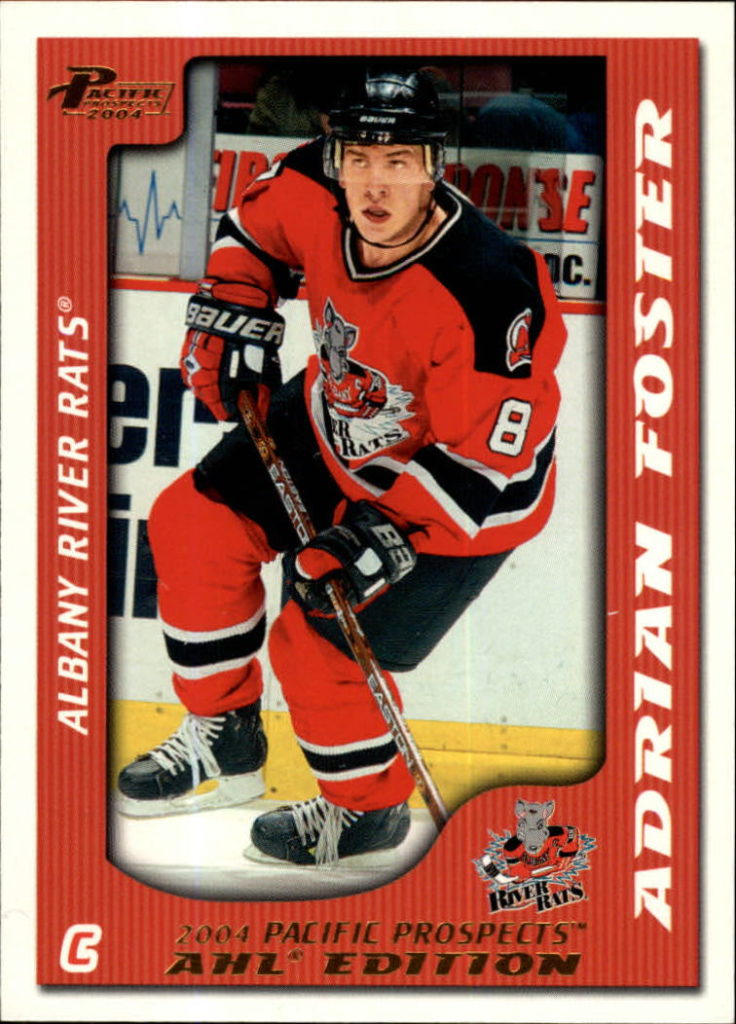
Adrian Foster. Looking back at the assessment of this pick at the time, it was truly puzzling. An article grading each team’s picks during the draft day revealed that Foster was virtually unknown prior to the draft. The Devils received a mediocre grade of C+ overall, with only a few teams faring worse. Foster had only played 15 games in the WHL over the previous two seasons due to injuries.
The selection of Foster was simply mind-boggling. He wasn’t even among the top 200 prospects listed by Central Scouting. It seems that Lou Lamoriello, the Devils’ general manager at the time, tried to outsmart everyone in the room but ended up looking foolish. Foster had already suffered a cracked hip injury, which sounded like a severe setback. Such injuries can be devastating even for elite athletes, and it led to further issues as Foster compensated for the injury on the ice. Ultimately, injuries derailed his career completely.
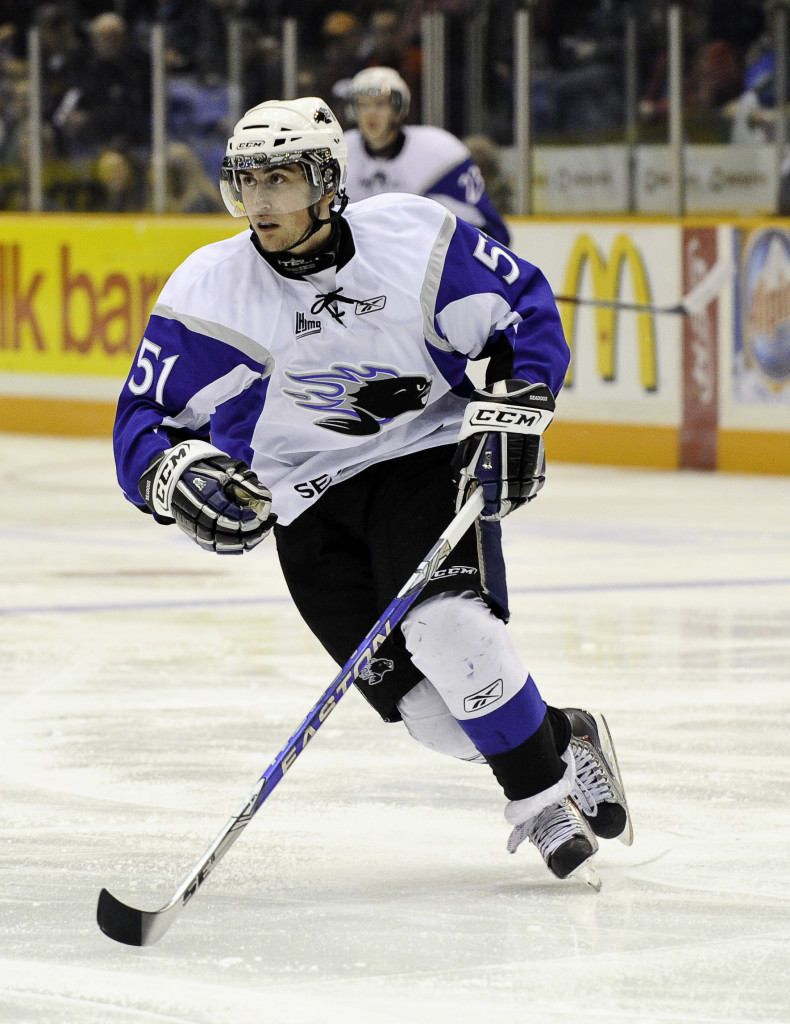
Even though the Devils were aware of Foster’s injury history before making the pick, it’s perplexing why they chose someone who lacked elite speed or skill. Foster was essentially an unknown player whom the Devils took in the 1st round. He might have been a genuinely good person, as indicated by some newspaper interviews, which could explain why Lou Lamoriello made a character-driven choice. However, being part of a dynasty, Lamoriello needed to prioritize safer picks. Players like Derek Roy, who was selected just a few picks later, and Mike Cammalleri, a 2nd-round pick, went on to have successful NHL careers. There were certainly other prospects available who went on to play hundreds of NHL games, but Foster wasn’t one of them. Foster did however play 12 years of minor pro in the AHL, ECHL, Austria, Russia, Germany, and Sweden.
Before being drafted by the Minnesota Wild in 2011, there was significant hype surrounding Zack Phillips as a prospect. He was regarded as a highly skilled forward with excellent offensive abilities. Phillips had a standout season in the Quebec Major Junior Hockey League (QMJHL) with the Saint John Sea Dogs, where he demonstrated exceptional scoring prowess and playmaking skills. His impressive performance led to heightened expectations and generated considerable excitement among scouts and fans alike.
However, despite the initial hype, Phillips ultimately struggled to transition his game to the professional level. After being drafted, he spent the majority of his time with the Wild’s American Hockey League (AHL) affiliate, the Houston Aeros and a bunch of ECHL teams including the Worcester Railers. He also bounced around Europe. Phillips faced difficulties in adapting to the faster and more physically demanding style of play in the AHL and NHL. Phillips is still playing today in England.
| YEAR | NHL | PLAYER | POS | TEAM | GP | P | HOMETOWN |
| 2001 | NJ | Adrian Foster | C | Saskatoon (WHL) | 0 | 0 | Calgary, AB |
| 2011 | MIN | Zack Phillips | C | Saint John (QMJHL) | 0 | 0 | Fredericton, NB |
Winner- Adrian Foster